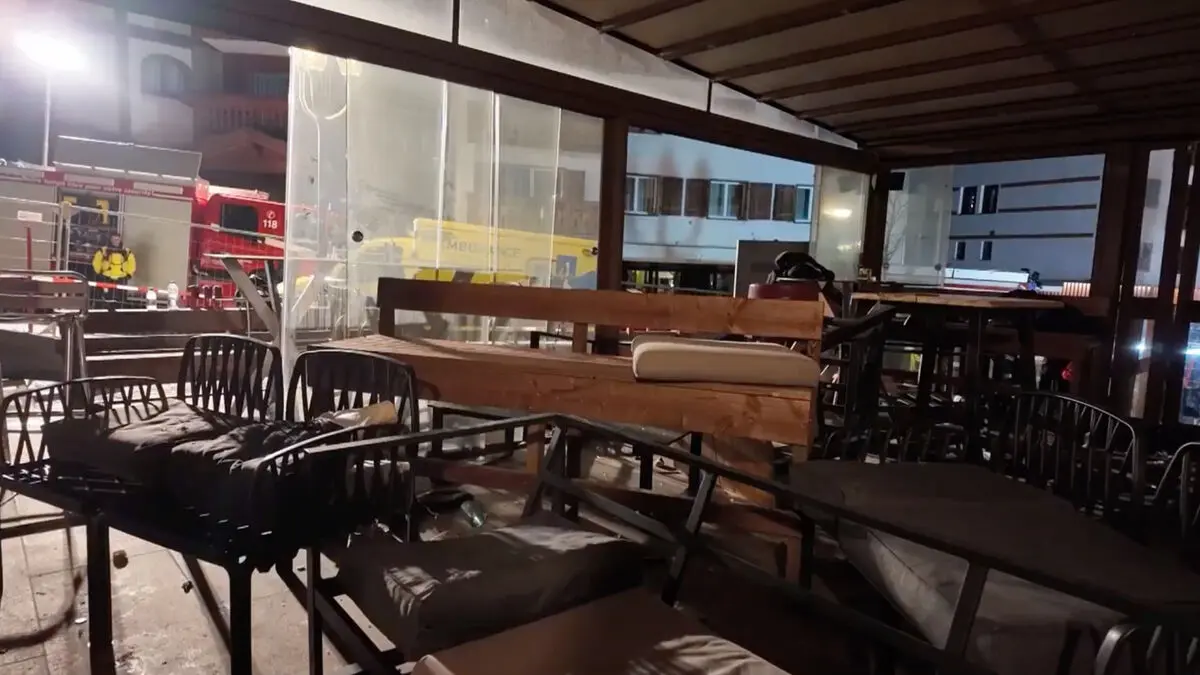According to anonymous sources to the British shipping newspaper Lloyd's List, the Finnish-seized vessel Eagle S had surveillance equipment on board, aimed at mapping NATO's traffic in the Baltic Sea.
The information from Eagle S, suspected of being part of the Russian shadow fleet, is said to have been handed over to Russia.
It's very difficult to assess the credibility of the information, but it's not entirely impossible that it's true. It's relatively well-known that there are vessels that appear civilian but have signal intelligence or jamming equipment on board, says Hans Liwång, professor of defense systems at the Defense University.
Helping investigators
If the information proves to be true, it has relatively little significance in the context, he continues.
The vessel is suspected of more serious crimes, he says, referring to cable sabotage and a fuel load that constitutes a breach of sanctions against Russia.
Having surveillance equipment on board is not illegal, in principle never illegal to intercept either. And if the equipment exists, it could be of help in the criminal investigation, according to Liwång.
It could be a link to figuring out who gave the vessel the order to sabotage – if it was done.
Deterrent?
The fact that Finnish police were able to board Eagle S and bring it to harbor may have reduced the risk of further cable sabotage – but it remains to be seen, according to Liwång.
I think the signal has gotten through. Then the question is whether it's enough to deter, or if there are strong incentives to carry out this type of sabotage. It's hard to assess, says Liwång.





